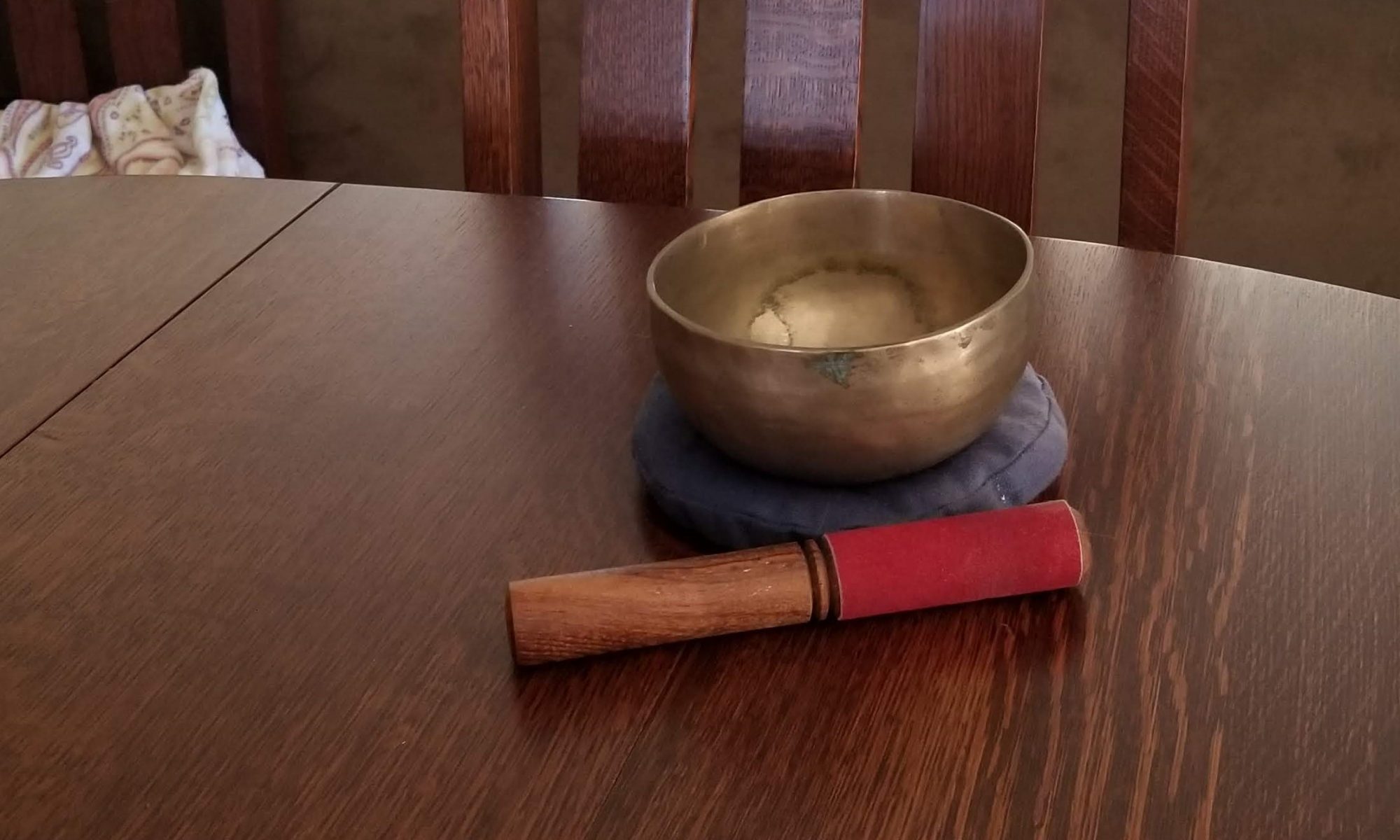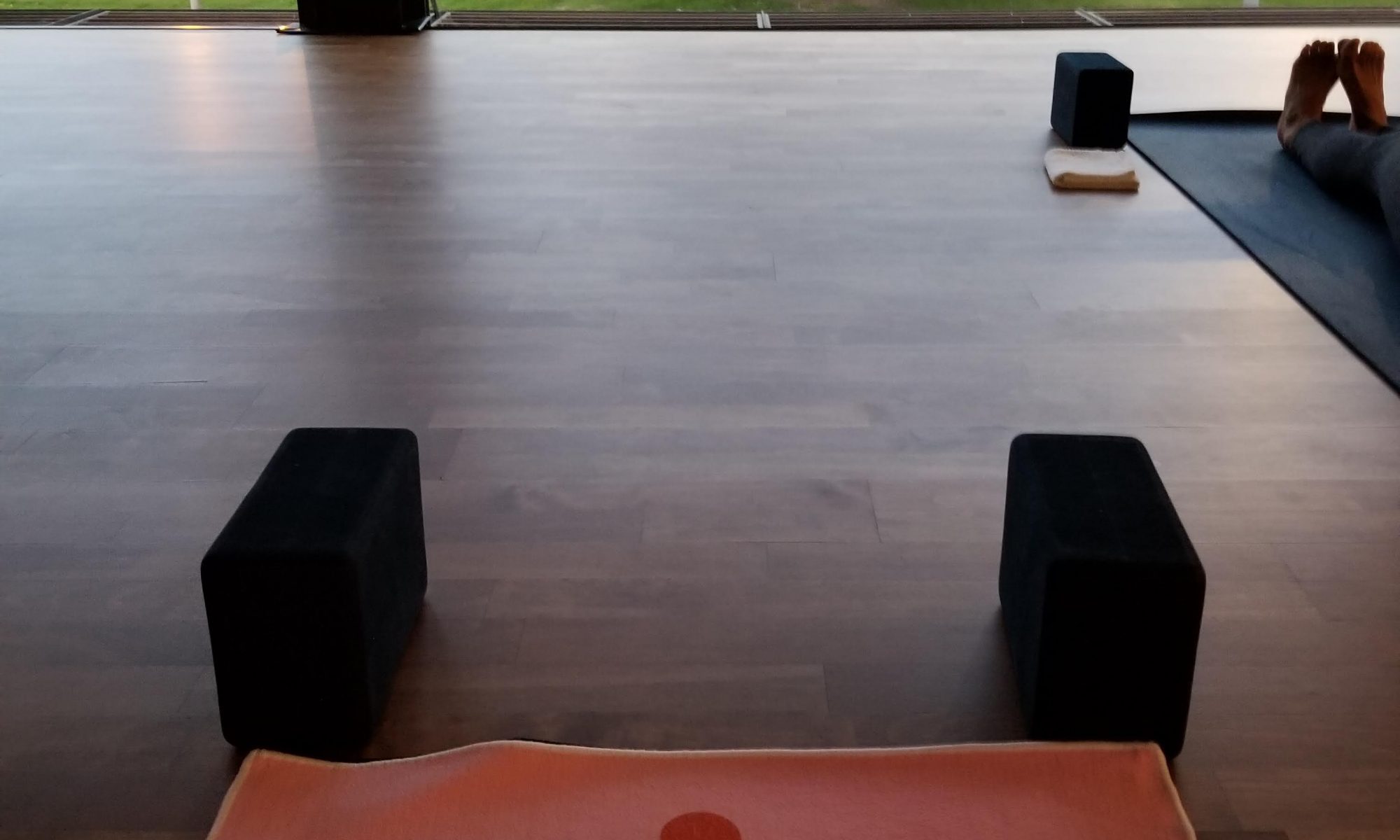My first experience with a sound bath was at a yoga class in downtown LA years ago. During shavasana at the end of class, suddenly there was this incredible, roaring hum. It pushed all of the random thoughts out of my mind and filled the now hollow cavity at the top of my neck. It was amazing.
After class, I learned that the big gong in the corner wasn’t just for show, it was the source of this wonderful, mind-clearing noise. I would make a point of going to that class even when I really wasn’t in the mood just to experience the gong at the end.
If you want to find the secrets of the universe, think in terms of energy, frequency and vibration. – Nikola Tesla
Last month I joined my dear bar (method) friends for a new moon sound bath event. The organizers schedule these events to coincide with the moon cycles – either the new or the full moon. I made sure to get myself on their email list so that I would always know when the next one is coming up and was so thrilled when they did it again last week.
The organizers are these really lovely women, Consuelo and Arvindjeet. Consuelo leads us through the yoga postures at the beginning with her sweet, smiling voice. When she speaks, she sounds like she is just so full of love and happiness for her fellow human beings that it can’t help but pour out of her.
Arvindjeet is very soft-spoken, but in a very grounded way. She leads us through three oms with power and confidence and is responsible for all the sounds in the sound bath.
Side note: the practice of chanting om in yoga class has fallen out of fashion in recent years and I wish that it would come back into style, it really is centering and helps to focus the energy of the group.
The workshop begins with a bit of restorative yoga – just a few gentle postures held for a while, yin style. Interesting things happen when you hold an easy, comfortable yoga posture like child’s pose for two minutes or longer. The poses help work out some kinks, relax the body, and quiet the mind. Then into shavasana for the sound bath.
Arvindjeet has these beautiful singing bowls, different chimes, this wonderful drum that sounds like rain, and an amazing gong that she will use to make different sounds. It’s called a sound bath because the sound feels like it washes over you. You don’t just hear the sounds, you feel vibrations all throughout your body. Consuelo and Arvindjeet refer to the sound bath as, “giving sound healing.” If you go back to what Tesla said about frequency, vibration, and energy, these sounds could be the keys to the secrets of the universe.
I know that I always feel different/better after one of these experiences. Keep your eyes open for an opportunity near you and don’t be shy to check it out!


